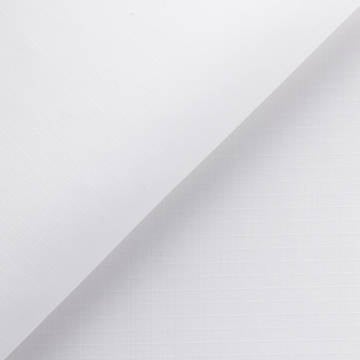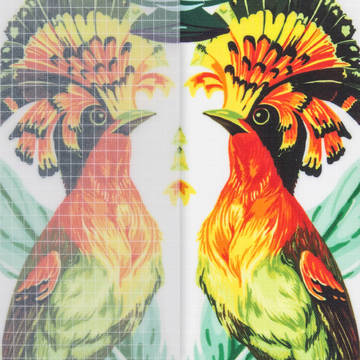EN 581-1 defines general safety requirements for seating, and includes the following stipulations:
For seating, the edges and corners of the seat, back rest and arm rests which are directly in contact with the user when sitting, lying or reclining shall be rounded or chamfered.
For table tops the edges and corners which are directly in contact with the user shall be rounded or chamfered.
All other edges and corners of seating and tables, accessible during use shall be free from burrs or/and sharp edges
There shall be no accessible holes in the ends of tubular components with a diameter between 7 mm and 12 mm with a depth more than or equal to 10 mm.
There shall be no shear or squeeze points, ie distances between 7 and 18 mm, between the moving parts other than those generated by folding furniture while being positioned for use.
There shall be no shear or squeeze points between parts of the furniture operated by mechanisms such as mechanical springs or gas lifts.
There must be no shear or squeeze points produced by the user's weight during normal movements and actions, e.g. attempting to move the seating by lifting the seat or adjusting the backrest.
The bottom of tubular legs shall be capped or plugged.
EN 581-2 defines the resistance and durability requirements for seating in 3 levels of use, from lowest to highest:
- Camping
- Domestic
- Non-domestic
for outdoor furniture, with 3 levels of requirements, and includes outdoor sun loungers, seats, sofas and any other seating.
EN 581-3 is mostly concerned with tables, and so the relation to fabric is minimal - however, if you are incorporating our fabric into a table, you should make sure you adhere to those standards.
EN 1730 defines the test procedures for outdoor seating in line with EN 581-2 and EN 581-3.




